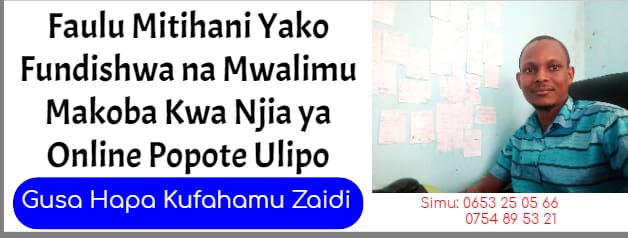History 2 Form Six Examination 2024 1

Time: 03 Hours Instructions: This paper consist of seven questions. Answer a total of five question, question one is compulsory. Each question carries 20 marks. Cellular phone and any unauthorized materials are not allowed in the examination room. Write your examination number on every page of your answer sheet(s). Answer five questions, question one is compulsory. 1. Explain the reasons for Neo colonialism to persist in Third World countries despite achieving their political independence. 2. Analyse the measures which were taken to overcome the obstacles which hindered the development of agricultural sector in Britain during feudalism. 3. Show how the 1848 revolution crumbled the despotic and divine rule in Europe. 4. Analyse the political and economic changes that necessitated the transition from competitive to monopoly capitalism. 5. Examine challenges emanating from the 1967 Arusha Declaration. 6. Give the reasons which made the New Deal Programmes fail to achieve economic re





